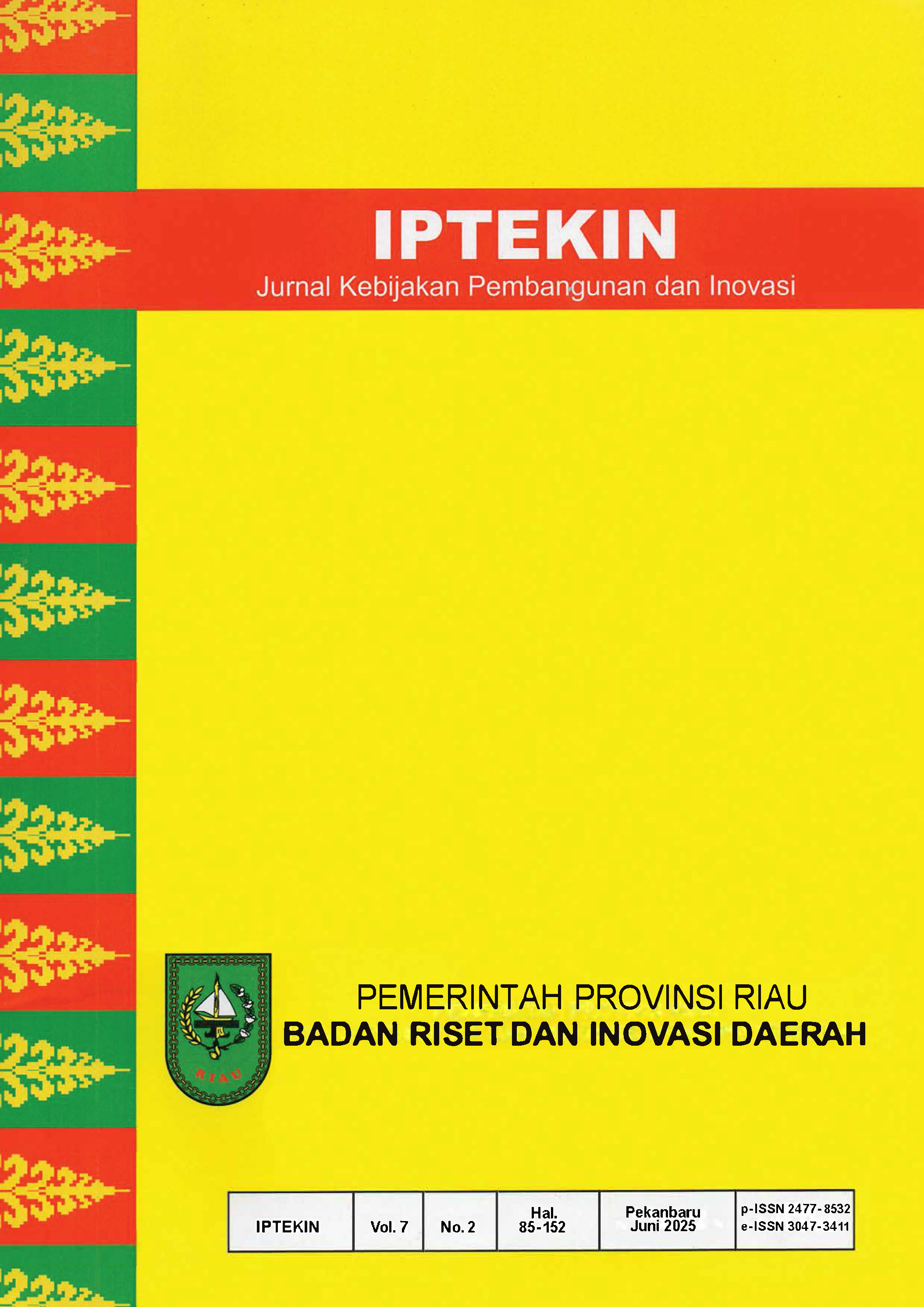Kemitraan BPBD Kabupaten Ponorogo Dalam Pembentukan Desa Tangguh Bencana (Destana) Di Desa Talun
Main Article Content
Abstract
Disaster-Resilient Village (Destana) is a flagship program of the East Java Provincial Disaster Management Agency (BPBD) aimed at villages with high disaster risks. One of the selected villages for this program is Talun Village in Ngebel Subdistrict, Ponorogo Regency. Talun Village is prone to disasters such as landslides, forest fires, and strong winds. Before the Destana program, the residents of Talun Village managed disaster mitigation independently. The Destana program aims to provide structured knowledge and guidance to the community on pre-disaster and post-disaster management through facilitator assistance.This study aims to explain the partnership approach utilized by BPBD Ponorogo Regency in creating a Disaster-Resilient Village in Talun Village. The research employs a qualitative descriptive method, which investigates field phenomena in depth through the collection of primary and secondary data. Primary data were obtained through in-depth interviews with key informants, while secondary data were sourced from relevant documents. Data collection techniques included participant observation, interviews, and documentation. Key informants in this study comprised the Head of BPBD, the Talun Village government, and the FPRB (Disaster Preparedness Forum).The data analysis was conducted systematically through data reduction, data presentation, and conclusion drawing. The findings indicate that the establishment of the Destana program incorporates five main concepts: accountability, participation, efficiency, effectiveness, and a participatory approach. This program not only enhances the community's capacity to cope with disasters but also strengthens the collaboration between BPBD and the residents of Talun Village in fostering resilience against disasters.
Article Details

This work is licensed under a Creative Commons Attribution-ShareAlike 4.0 International License.
References
Bachri, B. S. (2010). Meyakinkan validitas data melalui triangulasi pada penelitian kualitatif. Jurnal Teknologi Pendidikan, 10(1), 46–62.
Badan Nasional Penanggulangan Bencana. (2012). Peraturan Kepala BNPB Nomor 1 Tahun 2012 Tentang Pedoman Umum Desa/Kelurahan Tangguh Bencana. https://bnpb.go.id/berita/perka-bnpb-no-1-2012-tentang-pedoman-umum-desa-kelurahan-tangguh-bencana
Kementerian Dalam Negeri. (2006). Peraturan Menteri Dalam Negeri Nomor 33 Tahun 2006 tentang Pedoman Umum Mitigasi Bencana.
Miles, M. B., & Huberman, A. M. (1992). Analisis data kualitatif: Buku sumber tentang metode-metode baru (T. R. Rohidi, Trans.). UI-Press.
Najib, A., & Rahmat, H. K. (2021). Analisis pelaksanaan program desa tangguh bencana di Desa Buluh Cina, Siak Hulu, Kampar, Riau. Jurnal Ilmiah Muqoddimah: Jurnal Ilmu Sosial, Politik dan Hummanioramaniora, 5(1), 14. https://doi.org/10.31604/jim.v5i1.2020.14-25
Nugroho, S. S., Setyowati, D. L., & Wibowo, A. (2022). Peran pemangku kepentingan dalam kesiapsiagaan masyarakat menghadapi bencana tanah longsor (Studi di Desa Wagir Kidul, Kecamatan Pulung, Kabupaten Ponorogo). Jurnal Ketahanan Nasional, 28(1), 54–72. https://doi.org/10.22146/jkn.71420
Pokja Destana Desa Talun. (2023). Hasil FGD Pokja Destana Desa Talun Tahun 2023. Pemerintah Desa Talun.
Republik Indonesia. (2007). Undang-Undang Republik Indonesia Nomor 24 Tahun 2007 Tentang Penanggulangan Bencana.
Rijali, A. (2018). Analisis data kualitatif. Alhadharah: Jurnal Ilmu Dakwah, 17(33), 81–95. http://dx.doi.org/10.18592/alhadharah.v17i33.2374
Subadiyo, N. A. (2020). Penyajian data.
Sugiyono. (2019). Metode penelitian kuantitatif, kualitatif, dan R&D. Alfabeta.
Ulum, M. B. (2014). Bencana alam: Perspektif Al-Qur'an dan sains. UIN-Maliki Press.

